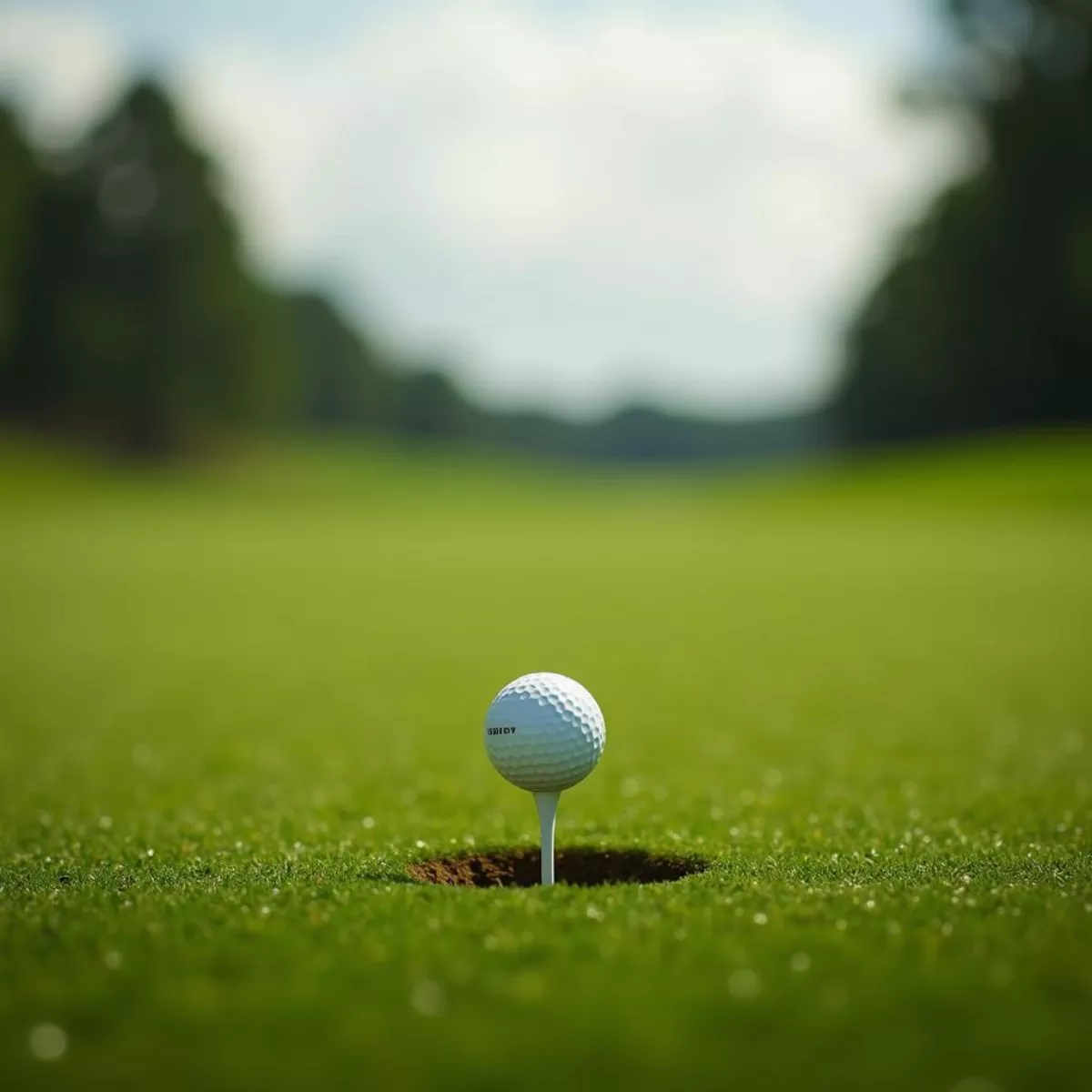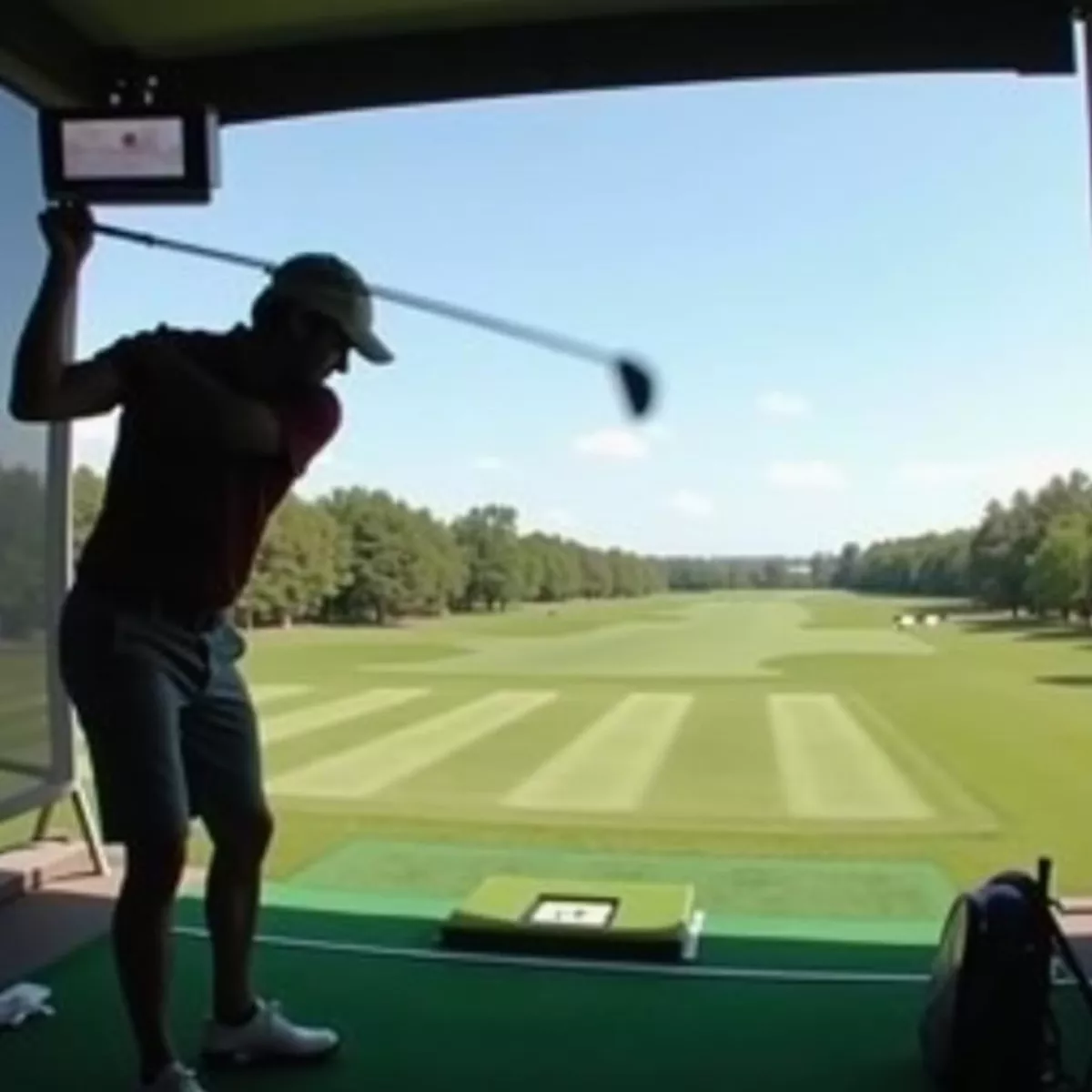Golf is not just a sport; it’s a way of life for many. Whether you’re just beginning or a seasoned player, knowing what constitutes a good drive is essential for improving your game. A solid drive sets the tone for your round and can significantly impact your overall performance. In this comprehensive guide, we will explore the elements of a good golf drive, common mistakes, and how to improve your driving skills.
Understanding the Basics of a Good Drive
To start, let’s break down what we mean by a “good drive.” A good drive in golf can be defined as a powerful and accurate shot off the tee that lands in a favorable position on the fairway. This involves considering three key aspects:
- Distance: The length the ball travels from the tee to its landing spot.
- Accuracy: How close the ball lands to the intended target area.
- Trajectory: The angle at which the ball leaves the clubface.
Distance Matters
Distance is often the first thing golfers think of when discussing good drives. Longer drives can make it easier to reach the green in fewer strokes. Here are some factors that influence driving distance:
- Clubhead Speed: The faster you can swing your driver, the farther the ball will go.
- Launch Angle: An optimal launch angle helps achieve maximum distance.
- Ball Type: Specific golf balls are designed for higher compression, enhancing distance.
Accuracy is Key
While hitting the ball far is impressive, accuracy ensures you stay on course. A drive that lands in the rough or hazards is not effective, regardless of how far it traveled. Tips to improve accuracy include:
- Proper Alignment: Aim your body and clubface towards the target.
- Consistent Grip: A firm yet relaxed grip leads to better control.
- Mental Visualization: Envisioning your shot can help focus your mind on your target.
 Accurate golf drive landing on fairway
Accurate golf drive landing on fairway
Understanding Trajectory
Trajectory refers to the height and angle at which the ball travels. A good drive typically has a controlled trajectory that helps in holding the fairway and reaching the intended target. Key factors that affect trajectory include:
- Face Angle: The angle of the clubface at impact.
- Swing Path: The path your club travels during your swing.
- Tee Height: The height at which the ball is teed can affect launch angles.
Common Mistakes that Lead to Bad Drives
Even experienced golfers can fall prey to mistakes when driving the ball. Here are some common driving errors to avoid:
- Over-Gripping the Club: Tension leads to a poor swing; try relaxing your grip.
- Incorrect Stance: An improper stance can lead to balance issues, affecting your shot.
- Poor Weight Transfer: Failing to transfer your weight correctly can hinder both distance and accuracy.
 Golfer demonstrating incorrect stance and grip
Golfer demonstrating incorrect stance and grip
Techniques for a Great Drive
Improving your drive involves refining your technique. Here are some specialized techniques to help you achieve better drives on the course.
Setup and Grip
- Posture: Maintain athletic posture with a slight bend in your knees.
- Grip Pressure: Hold the club firmly but without tension; a light grip can improve swing speed.
Takeaway and Backswing
- Wide Takeaway: Start your backswing wide and high to generate power.
- Turn Your Shoulders: Make sure to rotate your upper body fully during your backswing for momentum.
Downswing and Impact
- Start with your Lower Body: Initiate your downswing from the ground up for maximum speed.
- Keep Your Eye on the Ball: Maintaining focus can lead to better contact.
Follow-Through
- Balanced Finish: A smooth follow-through ensures you maintain balance, optimizing distance and accuracy.
 Golfer executing a perfect swing with proper technique
Golfer executing a perfect swing with proper technique
Equipment That Enhances Your Drive
Having the right equipment also plays a crucial role in achieving a good drive. Consider these options:
| Equipment Type | Description |
|---|---|
| Driver | Choose a driver suited to your swing speed. |
| Golf Balls | Opt for balls designed for distance and control. |
| Tee Height | Experiment with tee height to optimize launch angle. |
Practice, Practice, Practice
The more you practice, the better your drives will become. Here are some effective drills for improving your skills:
- Tee Drill: Focus on hitting a series of balls from different tee heights.
- Target Drill: Aim for specific targets on the range to work on accuracy.
- Swing Speed Monitor: Use devices that track swing speed to improve your mechanics.
 Golfer practicing on driving range with swing speed monitor
Golfer practicing on driving range with swing speed monitor
Key Takeaways
- A good drive consists of optimal distance, accuracy, and trajectory.
- Avoid common mistakes like over-gripping and poor weight transfer.
- Refine your techniques for setup, takeaway, downswing, and follow-through.
- Invest in suitable equipment that complements your driving style.
- Consistent practice is paramount for improvement.
FAQ Section
1. What is the average distance for a good golf drive?
The average distance for a good drive varies by skill level, but most amateur golfers can achieve between 200 to 250 yards.
2. How can I increase my driving distance?
Improving your clubhead speed, optimizing your launch angle, and using the correct golf ball can significantly enhance your driving distance.
3. Should I use a tee when driving?
Yes, using a tee allows the ball to be placed at an optimal height for better trajectory and improved contact.
4. What type of driver should I use?
Pick a driver that fits your swing speed and skill level; fitted clubs can lead to better performance.
5. Is it better to focus on distance or accuracy?
While both are important, accuracy is often prioritized to keep your ball on the fairway. Missing the fairway can negate the advantages of distance.
6. How often should I practice my drive?
Aim for at least one dedicated practice session per week focused solely on driving.
7. Can my physical fitness influence my driving?
Absolutely! Overall physical fitness can improve your swing mechanics and enhance your driving distance and accuracy.
8. What should I focus on for a better follow-through?
Work on finishing your swing in balance to ensure you maintain control over your shot.
9. How can mental focus improve my drives?
Visualizing your shot and eliminating distractions can enhance your concentration, leading to better performance.
10. Are there specific drills that can help with my drive?
Yes, drills like the tee drill and target drill can significantly improve both your distance and accuracy.
By understanding what makes a good drive and adopting the techniques, practices, and mental strategies outlined in this guide, you’ll be well on your way to improving your game. Remember, golf is as much about enjoying the journey as it is about the destination! Happy golfing!